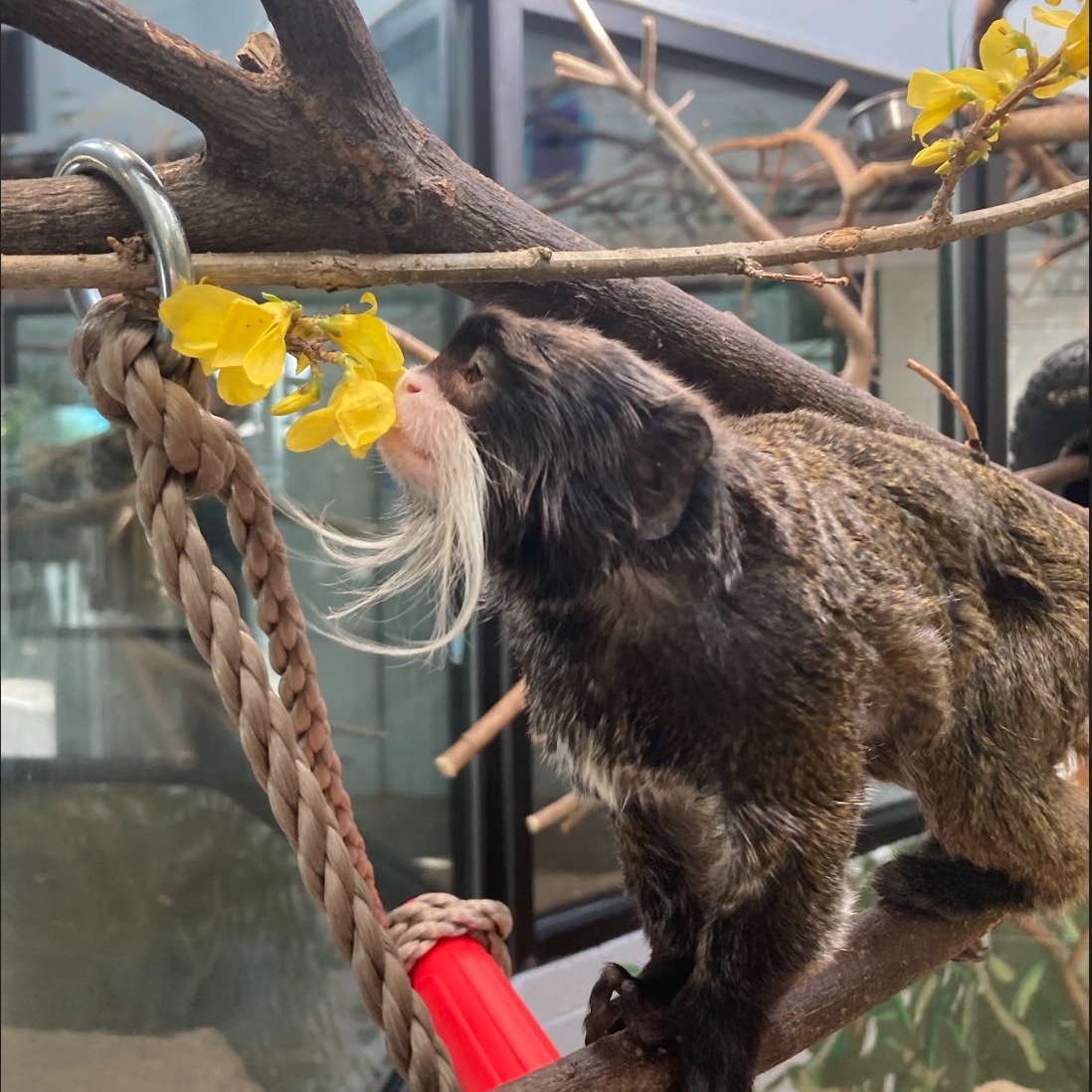- Understanding the Significance of Forsythia in Spring
- The Role of Browse Plants in Zoo Environments
- Benefits of Natural Foraging Behaviors for Captive Animals
- Nutritional Value and Ecological Importance of Forsythia
- Strategies for Wildlife Conservation and Education in Zoos
As the world shakes off the chill of winter, spring announces its arrival with a burst of color and life. Among the heralds of this season are vibrant yellow flowers known as forsythia. These luminous blooms are not just a visual delight but play a significant role in the natural and managed habitats where they flourish. Forsythia serves as an example of the intricate connections between plants and wildlife. This article delves into the diverse ways in which forsythia and similar browse plants contribute to animal nutrition, zoo management, and wildlife conservation.
Forsythia, named after Scottish botanist William Forsyth, thrives in temperate regions during spring. Its bright flowers are among the first to bloom, signaling the end of winter dormancy. In the wild, forsythia provides early pollen sources for pollinators like bees and butterflies. However, its significance extends beyond wild ecosystems into managed environments like zoos and wildlife sanctuaries.
In zoos, browse plants such as forsythia are critical components of animal diets. Browse refers to the vegetative parts of plants, including twigs, branches, and leaves, that animals nibble on for nutrition. These plant materials not only supply essential vitamins and minerals but also provide roughage crucial for digestion in many herbivorous animals. Incorporating browse into the diets of zoo animals supports their physical health by preventing digestive problems and promoting dental health through natural gnawing behaviors.
Emphasizing natural foraging behaviors is essential in zoo management. Animals in captivity benefit from environments that mimic their wild habitats. Providing them with browse encourages foraging, an innate behavior that stimulates mental and physical activity. This engagement reduces stereotypic behaviors such as pacing or self-harm, which can arise from boredom or stress. Enhancing animal welfare through environmental enrichment is a fundamental goal in modern zoos.
The nutritional value of forsythia is noteworthy. While not a primary food source, it offers secondary compounds like flavonoids and lignans that contribute to the overall health of browsing animals. These compounds have antioxidant properties, supporting the immune systems of various species. Additionally, the fibrous nature of forsythia helps maintain digestive motility, which is crucial for herbivores that rely on fermentation to process their food.
Zoos play an essential role in wildlife conservation and education. By integrating browse plants like forsythia into their programs, zoos can educate visitors on the importance of habitat preservation and biodiversity. Many visitors are unaware of the complex interdependencies between flora and fauna. Highlighting these relationships through interactive exhibits and educational materials can spark interest and awareness, fostering a sense of responsibility toward environmental stewardship.
Incorporating browse into zoo environments requires careful planning and management. Horticulturists and animal care staff work together to select appropriate plant species that match the dietary needs and preferences of various animal species. They must also monitor plant health and growth to ensure a sustainable supply and prevent potential hazards such as toxic plants or invasive species.
Forsythia and other browse plants symbolize the interconnectedness of ecosystems. They remind us of the intricate webs of life that sustain our planet. In zoos, these plants are not merely ornaments but serve as bridges connecting animals to their natural behaviors and habitats.
To maximize the impact of such initiatives, zoos must engage in continuous research and adapt to emerging conservation challenges. Collaborations with academic institutions, government agencies, and conservation organizations can enhance efforts to protect wildlife from threats like habitat loss and climate change. By maintaining healthy and diverse plant collections, zoos contribute to global conservation goals and support the well-being of all creatures in their care.
Forsythia, with its vibrant blooms, is an invitation to pause and reconnect with nature. As we celebrate spring’s arrival, let us also reflect on our role in the stewardship of the earth’s rich biodiversity. Through thoughtful zoo management and conservation practices, we can create a world where both plants and animals thrive, enriching our lives and the planet we share.
*****
Source Description
It’s time to stop and smell the flowers because Spring is here! 🌼
These vibrant yellow flowers, called forsythia, are a type of browse plant that our animals often enjoy. Browse includes edible plants like twigs, branches, and leaves. They provide essential nutrition and encourage natural foraging behaviors. It’s a delicious and enriching treat for many of our animals!


